7 Multigenerational Trips Later—Here’s What I’ve Learned

Planning a multigenerational trip can be a mix of excitement and challenges. Balancing the varying needs and preferences of different age groups requires careful thought, but with the right approach, it can turn into a trip everyone will cherish.
Whether it’s creating a fun itinerary or finding activities that appeal to all ages, a little planning goes a long way.
Ready to make memories that span generations?
1. Plan Ahead Strategically

When planning a multigenerational trip, start early. It’s crucial to involve everyone in the decision-making process. Gather the family, discuss potential destinations, and get a sense of everyone’s interests.
This inclusiveness ensures each person feels valued. Once a consensus is reached, delve into the logistical details. Consider accommodation options that cater to various needs, such as accessibility for older members.
Make bookings well in advance to secure the best spots. Strategic planning also means anticipating contingencies. Discuss and prepare for potential challenges, like dietary restrictions or mobility issues. Being proactive can prevent unforeseen hiccups during your journey.
2. Choose Accommodation Wisely

It’s essential to select the right accommodation for a multigenerational trip. Consider a vacation home with multiple bedrooms and communal spaces. This setup offers privacy for individuals while promoting family bonding.
Hotels can be another option, but ensure they have amenities catering to all ages, like swimming pools or childcare services. Accessibility is crucial, check if facilities accommodate the elderly or disabled.
Moreover, location plays a key role. Opt for places close to attractions or transport links. This proximity minimizes travel fatigue and maximizes enjoyment for everyone involved.
3. Create Flexible Itineraries
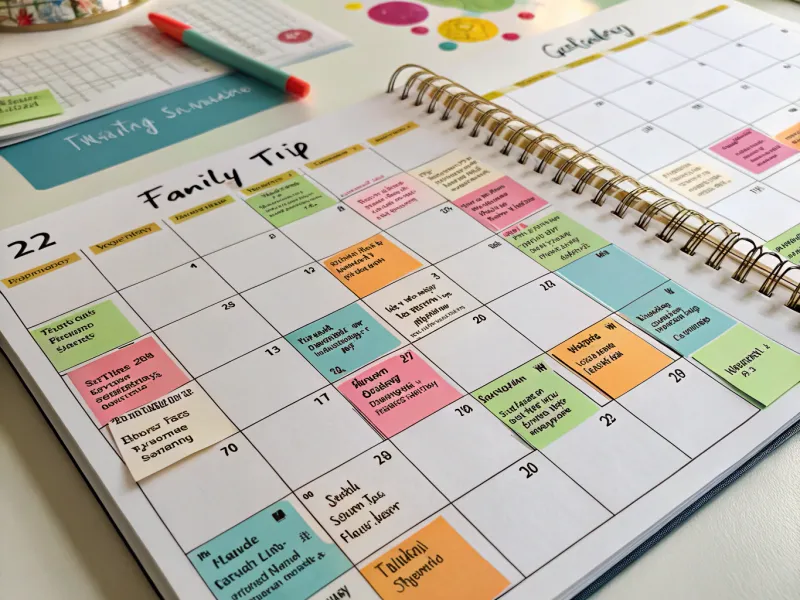
How can you keep everyone happy? By creating flexible itineraries. Build a schedule that includes a mix of activities appealing to all generations.
Incorporate downtime, allowing family members to relax or explore independently. Involve everyone in planning by asking for activity suggestions. This inclusivity fosters enthusiasm and ensures diverse interests are met.
Be open to adjustments as needed. Balance is key. While structure is helpful, don’t over-schedule. Allow spontaneous adventures to unfold. These unplanned moments often become cherished memories that last long after the trip.
4. Establish a Budget

When organizing a multigenerational trip, establish a budget early on. Discuss financial expectations with all family members. This conversation helps avoid misunderstandings and ensures everyone knows what to expect.
Consider all potential costs, including travel, accommodation, meals, and activities. Factor in unexpected expenses for a comprehensive budget. This foresight prevents financial stress during your trip.
Moreover, look for group discounts or family packages. These deals can significantly reduce costs, making the trip more affordable. Being financially prepared allows you to focus on making memories rather than worrying about expenses.
5. Prioritize Health and Safety
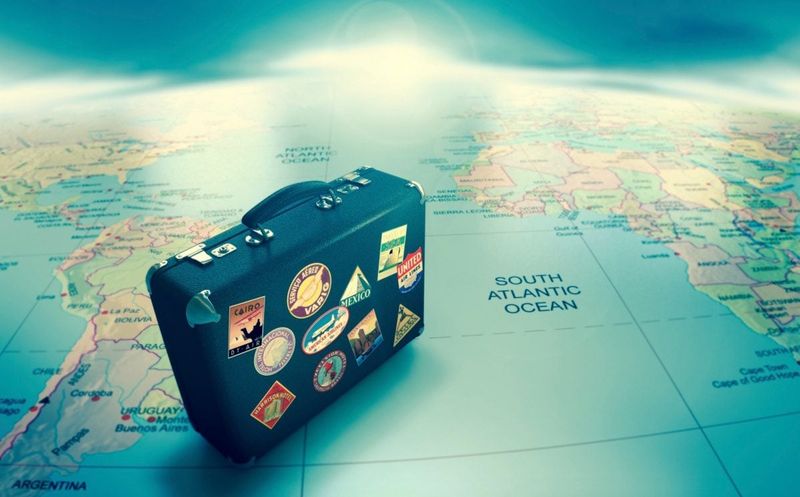
Are you prepared for health and safety matters on your trip? Prioritize these aspects from the start. Pack a comprehensive first aid kit, including medications for each family member, especially those with specific needs.
Ensure everyone has necessary vaccinations or travel insurance. This preparation safeguards against unexpected medical issues. Discuss dietary requirements to accommodate allergies or preferences. Safety also extends to choosing activities.
Opt for options suitable for all ages. Keep emergency contact information handy, ensuring everyone knows whom to call if necessary. A focus on health and safety ensures peace of mind for the entire family.
6. Communicate Openly

Effective communication is key to a successful multigenerational trip. Encourage open dialogue among family members. Discuss expectations, preferences, and any concerns before and during the trip.
Regular check-ins help address issues promptly. Foster an environment where everyone feels heard and respected. This openness enhances the group’s dynamic, ensuring a harmonious experience. Moreover, consider using technology for seamless communication.
Create a group chat or use travel apps to share updates and itineraries. Clear communication paves the way for smooth and enjoyable travel experiences for all involved.
7. Plan for Rest and Relaxation

Where can you find time to relax? Plan for rest and relaxation throughout your trip. Schedule downtime to unwind and recharge. This balance prevents burnout and keeps spirits high.
Incorporate leisurely activities, like a spa day or a picnic in the park. These moments offer opportunities for bonding and reflection, away from the hustle and bustle. Remember, it’s okay to take a break from planned activities.
Flexibility allows family members to enjoy the trip at their own pace. Prioritizing relaxation ensures everyone returns home refreshed and rejuvenated.
8. Respect Individual Preferences

Respecting individual preferences is vital for a harmonious trip. Recognize that each family member may have distinct interests. Encourage everyone to voice their desires, ensuring diverse activities are included.
Plan excursions that cater to various tastes, whether it’s cultural visits or adventurous outings. This variety keeps everyone engaged and satisfied, fostering a positive group dynamic.
Moreover, respecting preferences involves compromise. Sometimes, splitting into smaller groups for specific activities can enhance personal experiences. An inclusive approach ensures every family member feels valued and contributes to a memorable trip.
9. Capture Memories Creatively

Though capturing memories is common, doing it creatively adds a special touch. Encourage family members to use different mediums, like photography, videography, or journaling, to document the trip.
Create a shared digital album where everyone can contribute. This collective effort fosters a sense of unity and ownership of shared memories. Consider themed photo challenges to spark creativity. Besides, capturing memories isn’t just about pictures.
Engage in storytelling sessions, where members share highlights of their day. These creative endeavors enrich the travel experience, preserving it in diverse and meaningful ways.
10. Be Mindful of Energy Levels
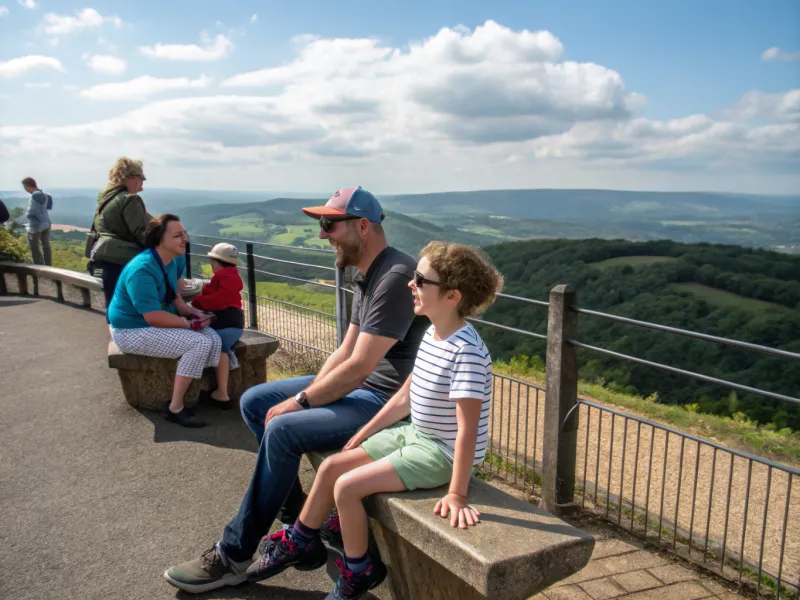
Being mindful of energy levels is crucial on a multigenerational trip. Recognize that different ages come with varying stamina and endurance. Adjust the pace of activities accordingly.
Incorporate frequent breaks and consider the needs of both young children and older adults. Choose activities that accommodate diverse energy levels, ensuring everyone can participate comfortably.
Moreover, plan meals and rest times strategically. Regular nourishment and rest keep energy levels stable, enhancing overall enjoyment. Understanding and adapting to energy differences ensures a smooth and pleasant travel experience for all.
11. Pack Smart and Light

Packing for a multigenerational trip requires thoughtfulness. Encourage everyone to pack light, focusing on essentials. Create a checklist to ensure nothing vital is forgotten, like medications or travel documents.
Consider the destination’s climate. Pack clothing suitable for various weather conditions. Layering is a practical approach, offering versatility in changing climates. Additionally, leave space for souvenirs.
Overpacking can lead to inconvenience and added costs. Encourage sharing items like toiletries to save space. Packing smart ensures a hassle-free start to your journey, allowing you to focus on the adventure ahead.
12. Embrace Local Culture

When traveling, embrace the local culture. Encourage family members to try new foods, participate in local traditions, or learn a few phrases of the native language. These experiences deepen the connection to the destination.
Visit cultural sites or attend festivals to immerse in the local atmosphere. This engagement enriches the travel experience and creates lasting memories. Respect cultural norms and practices, fostering goodwill and understanding.
Encourage open-mindedness and curiosity, allowing everyone to gain new perspectives. Embracing local culture enhances the depth and meaningfulness of your travel adventure.
13. Leverage Technology Smartly

This age of technology offers tools to enhance your travel experience. Leverage technology for navigation, communication, and organization. Use apps for maps, translation, and itinerary management to simplify logistics.
Share real-time updates through messaging apps, keeping everyone informed and connected. This connectivity ensures seamless coordination, especially in larger groups. However, balance tech use with unplugged moments.
Encourage family members to enjoy the present and engage with their surroundings. Technology, when used wisely, enhances convenience and connection without overshadowing the travel experience.
14. Prepare for Weather Changes
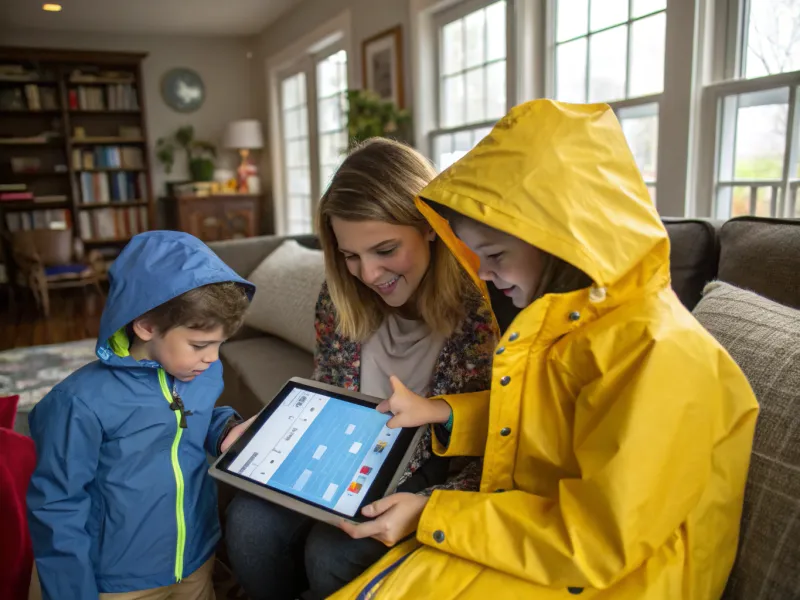
Prepare for weather changes to ensure a smooth trip. Check forecasts for your destination in advance. Pack accordingly, including rain gear, sunscreen, or warm clothes, depending on the climate.
Having adaptable clothing ensures comfort throughout the trip. Layering offers flexibility in changing temperatures, accommodating everyone’s needs. Moreover, plan indoor and outdoor activities, providing options regardless of weather conditions.
This preparation minimizes disruptions and maximizes enjoyment. Being ready for weather changes allows your family to focus on making memories, rain or shine.
15. Reflect and Share Experiences
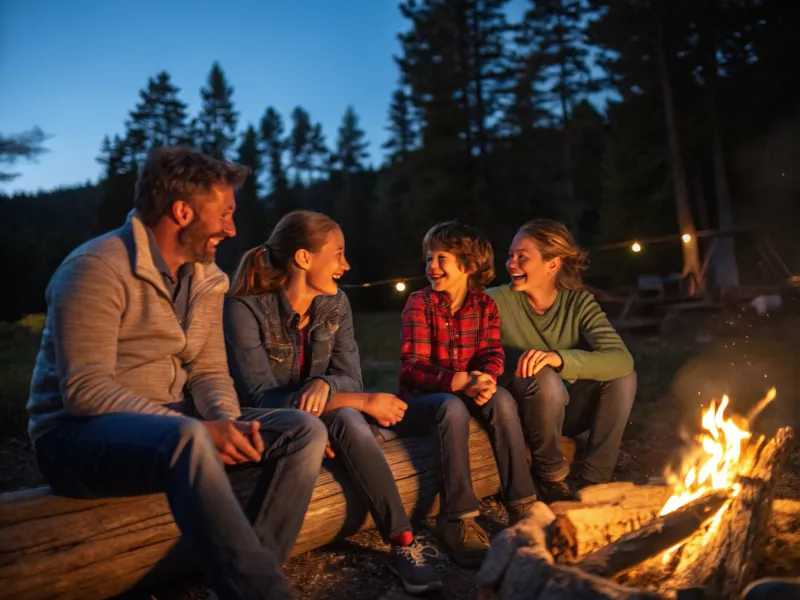
How will you cherish your family trip memories? Reflecting and sharing experiences is an enriching finale. Encourage everyone to gather and discuss their favorite moments and lessons learned.
These reflections foster a deeper appreciation of the journey and strengthen family bonds. Sharing experiences allows members to see the trip from different perspectives. Consider creating a memory book or video compilation as a keepsake.
These tangible reminders preserve the joy and connection the trip brought. Reflecting and sharing ensures the trip’s impact lingers long after returning home.
